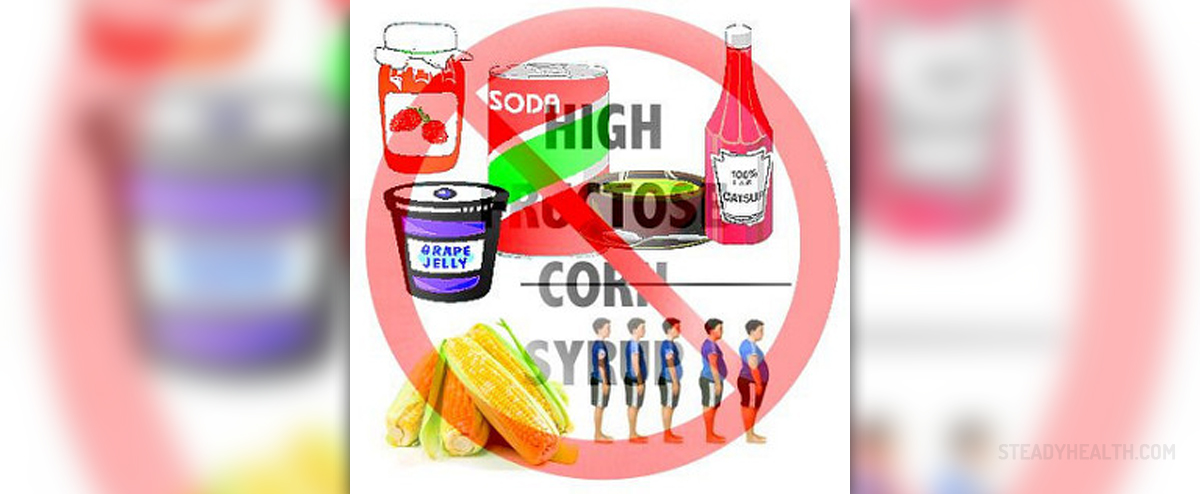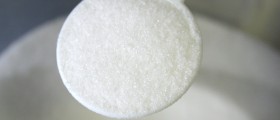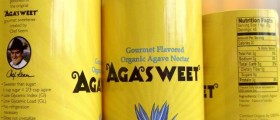
Despite the aforesaid title, the fact is that both the sugar as we know it and the high fructose corn syrup (HFCS), are endowed with quite similar constituents, the only difference being the amount that each of them holds. The former is known to be pure sucrose, i.e. a substance that represents a loose chemical bonding of fructose and glucose (the bonding ratio is 50/50). On the other hand, in the greatest majority of cases, the latter is comprised of 55% of fructose and 45% of glucose. However, important to point out is also that at times this ratio can be significantly different and amount to as much as 90% of fructose and only 10% of glucose.
Bad or just a fad?
Having all the aforesaid in mind, this should not be regarded immediately as something extremely bad, for certain people actually do not have any problems with it, and moreover it may be even regarded as within the boundaries of their own nutritional needs. Only a small number of people is not able to process sucrose in an appropriate and desired manner. Thus, for them a much better option represents none other than the HFCS, since both the glucose and the fructose are already separated. But then again, for a much greater number of people it is the HFCS that presents a much more harmful and thus undesired option and substitute for sugar.
Quite a substantial number of research studies has brought in direct connection fructose and a number of undesired and harmful health-related side effects. Greater quantities of fructose have the potential to induce and force the person's liver to produce additional amounts of triglycerides, thus bringing about resistance to insulin. As many people already know, it is this that leads directly to the occurrence of type II diabetes. The bottom line is that the aforementioned substance has been brought in direct relation to this disease.
One of the research studies that has proved this has been performed on rats as the main test subjects. For experimental purposes they were put on a diet that abounded in fructose, as well as fat, resembling to a great extent the diet that has been present in the United States of America today. What the results have revealed is that the rats in question began manifesting some of the most prominent signs of type II diabetes, accompanied by a fatty liver disease in just 4 weeks.

















Your thoughts on this
Loading...